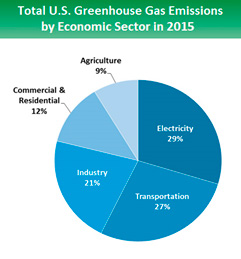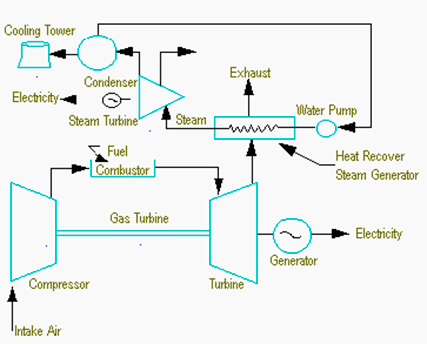Repowering has many meanings, all pointing at replacement or improvement of design for better results. For instance, in the renewable energy sector, many operators are opting to dismantle and replace old turbines with new ones at the existing project sites. In the solar panels industry, repowering is countering the diminishing performance of older PV modules. Existing PV plants are getting new technology in a process that is also referred to as “retrofitting.” During the lifetime of any power plant, the operators often ask themselves the question of whether to build a new facility or simply repower. From experience, we have discovered that the latter is an economical method of making the plant reach maximum production and efficiency. Often, this can be achieved through new technologies that enhance capacity. In the next sections, we elucidate this term in as far as optimization of a power plant is concerned.
Why Repowering Is Necessary
Rarely will you find a power plant with 400 MW or less with lengthy successful operation. Such a plant may even be considered young if it has only been in existence for four decades. The problem is that these facilities run on technology developed in the 60s or thereabout.

Fig 1: Sources of GHG Emissions by Sector
Considering the Green agenda, there has never been a bigger need to improve operations of fossil-fuel powered power plants. Estimates show that this sector produces 39% of energy related emissions and this will rise to 42% by 2030. It is no wonder the global power generation sector is under immense pressure today. We can identify various reasons for this:
- Old power plants
- Diminishing coal quality
- Rising power prices and the accompanying public outcry
- Generation capacity challenges
- Emergence of renewables and political pressure to include them in generation
- Limited funding
Ways to Repower a Power Plant
Owing to these pressures, research and development in the power generation sector is focused on minimizing pollutant emissions and improving efficiency. Fortunately, many of the older power plants still feature flexible designs that allow for different fuels, different load profiles and so on. Combustion turbine based options for repowering may be categorized as:
- Site repowering (CT/HRSG/ST)
- Boiler replacement with a combined-cycle unit (CT/HRSG)
- Hot wind box repowering (HWBR)
- Feed water heater repowering (FWHR)
In addition, evaluation is still ongoing on solid fuel repowering options such as Boiler replacement/modification for atmospheric fluidized bed combustion (AFBCR), and Boiler replacement and addition of gasification-combined cycle (GCCR). For site repowering, the existing plant is demolished, leaving only the switchyard and the cooling water system. This is different from construction of a new unit on a separate land, so there can be savings in socioeconomic consideration, permitting process and transmission access. The capital cost savings in this kind of project can be monumental. Feed water heater repowering (FWHR) involves the use of exhaust gas from the combustion turbine to heat the feed water in an existing Rankine-cycle power plant. The steam turbine-generator produces more power courtesy of the steam that normally heats the feed water, as long as design limits are not exceeded. It could also be used for CT power augmentation. Existing feed water heaters could be retained to operate conventionally in case the CT is out of service. Hot wind-box repowering (HWBR) is about the installation of one or more CTs in the wind box of the existing boiler. It is an ideal technology for the newer or larger oil/gas-fired facilities. Some of its benefits are 10-20% efficiency improvement, improved cycling capability, improved part load efficiency and 0-25% extra capacity. Increased output and improved efficiency seem to be the major benefits of this solution. It is the most complex of these technologies for repowering the power plant to reach maximum production and efficiency. Combined cycle repowering involves the replacement of the existing boiler by a combustion turbine and a Heat Recovery Steam Generator (HRSG). Some of the benefits related to this technology are 30-40% heat rate reduction, NO X emissions reduction and 150-200% increase in net generating capacity. Because a large capacity increase is achievable, this method is perfect for conventional units producing steam pressures up to 12.4 Mpa (1800 psi) and below 250 MW.

Fig 2: Schematic Diagram of a Combined Cycle Power Plant
How Araner Can Help
An aging power plant is bound to dwindle in performance, thus affect profitability. After many years of operation, it is time to think of an approach that will ensure sustenance of competitiveness and financial profitability. Araner can help you by offering the best modern technologies that can upgrade the water steam or gas turbine cycle to much better standards. Towards such results, the team can assess the upgrade potential, whether it is an improvement to the existing GT based plant or repowering of the coal plant. All these power plant repowering solutions are geared towards ensuring monumental cost savings to your operations.










